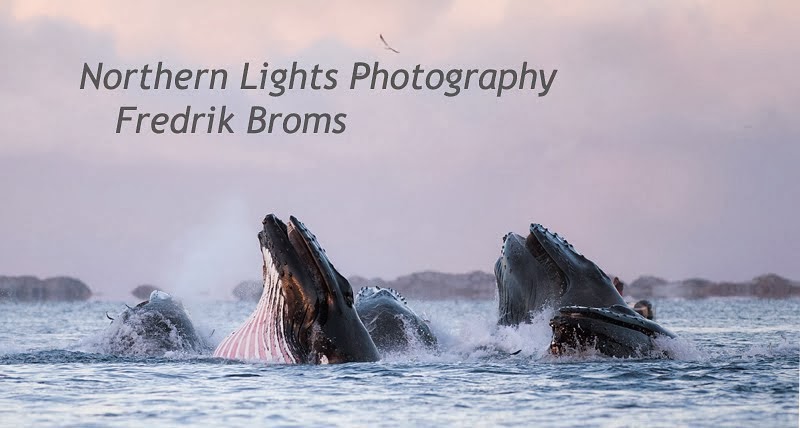Having graced the skies in the southern hemisphere for a while, the bright comet C/2011 L4 PANSTARRS has now passed perihelion - its closest approach to the Sun - and the first positive sightings have been reported from northern Europe as the comet recently swung into the skies of the northern hemisphere.
I tried to see the comet yesterday evening, which was probably the first chance to catch a glimpse of it here from Tromsø in Northern Norway, but less than an hour before sunset the clouds rolled in and covered all the western horizon, blocking the comet from view.
Right now, while bright, the comet is still fairly close to the Sun and may be difficult to spot simply because it is seen against such a bright background twilight sky, but for each day now the comet will become increasingly easy to spot (at least if the weather co-operates...) since it will be seen against a darker sky for each night as it travels away from the Sun.
At the same time, however, its brightness is predicted to drop (unless it catches us by surprise as comets have a tendency to do), but the following weeks/s should nevertheless offer a nice evening view of this icy wanderer as it climbs higher and higher up in the sky and if not a naked-eye object it should be an easy target in a pair of binoculars.
Right now, to find the comet, look for it fairly low due west after sunset. For more details on where to locate the comet, consult Skyhounds excellent finder charts
here. In appearance, it should look something like the famous comet C/2006 P1 McNaught (photo below), but not as bright as McNaught was.
Comet PANSTARRS should look something like the famous Comet C/2006 P1 McNaught
(but it is not as bright as McNaught was) as seen here on a photo from Tromsø, 8 January 2007
Happy comet hunting!

.jpg)
.jpg)


.jpg)






